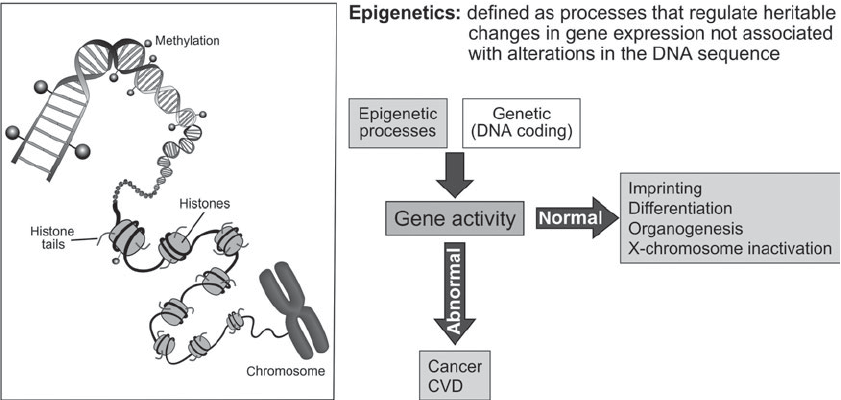DNA provides the genetic instructions for an organism, but it doesn't tell the whole story. Epigenetics, a rapidly growing field of research, investigates how gene expression is regulated without changing the DNA sequence itself. This additional layer of control allows cells within a single organism, despite having identical DNA, to specialize and take on distinct functions.
Mechanisms of Epigenetic Regulation:
Several key mechanisms contribute to epigenetic regulation:
- DNA Methylation: Methyl groups are added to specific cytosine nucleotides in DNA, often silencing genes. This process is mediated by DNA methyltransferases (DNMTs) and can be influenced by environmental factors. Researchers studying DNA methylation can find high-quality reagents from commercial suppliers like Gentaur Group to facilitate their exploration of this mechanism.
- Histone Modifications: Histones are proteins that package DNA into chromatin. Chemical modifications to histone tails, such as acetylation and methylation, can alter chromatin accessibility and influence gene expression. Enzymes known as histone acetyltransferases (HATs) and histone deacetylases (HDACs) play a crucial role in this process.
- Non-coding RNAs: Certain non-coding RNA molecules, such as microRNAs (miRNAs) and long non-coding RNAs (lncRNAs), can interact with DNA and regulate gene expression through various mechanisms.
Epigenetics in Development and Disease:
Epigenetic modifications play a vital role in development, cellular differentiation, and X-chromosome inactivation. Disruptions in these processes can contribute to various diseases, including cancer, neurological disorders, and autoimmune diseases.
Future Directions:
The field of epigenetics holds immense promise for understanding human health and disease. Research is ongoing to develop epigenetic therapies that target these regulatory mechanisms for treating various pathologies. Additionally, understanding how epigenetic marks can be transmitted across generations is an important area of investigation.
See the video linked below to learn more.


Epigenetics and Gene Regulation: Beyond the DNA Sequence